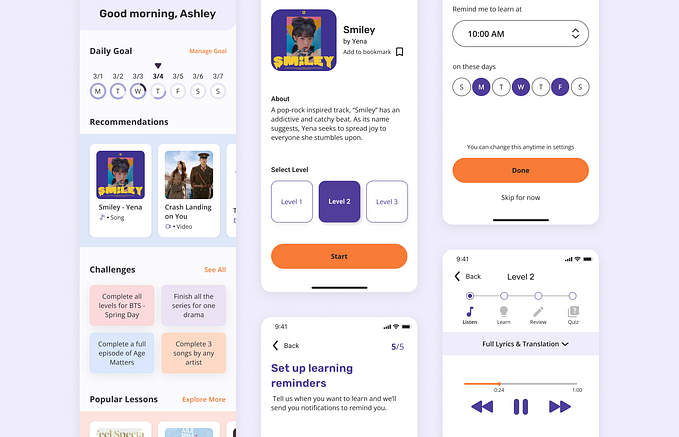Member-only story
Gamification: a UX review of badges, from users to players
None-game apps use gamification elements to engage with users. The goal is to turn users into gamers who return to your app or product frequently.

Why do people get addicted to games? What do all these games have in common? Some none-game apps such as Duolingo or Freeletics have seen how gamification elements can make the user return to your app for good.
Gamification is a concept that consists in adding to none game products, like an app or website, elements typically found in games to engage with the users.
There are several elements that can help us create this game environment, some of them are points, leaderboards or badges. This article will focus on one of these elements, the badges. We will do a deep dive to understand how we can use them to create engaging challenges for the users.
Why gamification?
All gamified apps have something in common, the goal of the app is usually not appealing for the users.
Who wants to go to the gym? Or to spend hours learning a new skill? These are heavy, time-consuming and boring tasks nobody is happy to do, so maybe, with the help of a game, the user may be more motivated and with time, a habit would be created.
What is a badge?

A badge is a reward the user obtains after completing a challenge, the challenge is made of a collection of smaller tasks. It’s a reminder and a celebration of a milestone on the user’s path of achieving a bigger goal.
A challenge in a game is when players have to achieve goals that have a certain level of difficulty. There are categories and hierarchy in the badge system, meaning the user may compete to obtain a badge, or maybe the user needs to obtain five badges before earning the final and ultimate badge.








